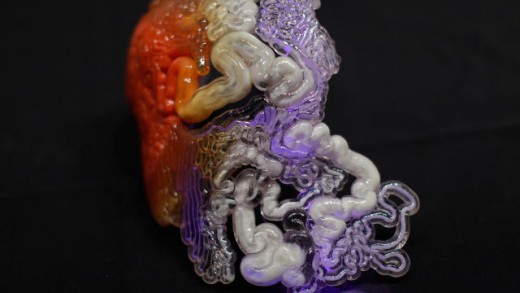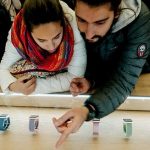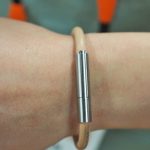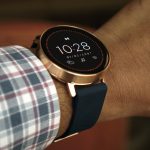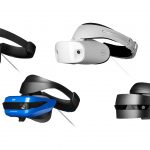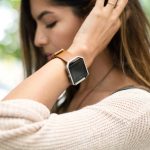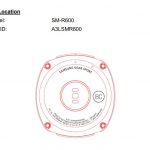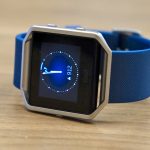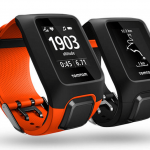From MIT’s Neri Oxman, The (a ways-Flung) future of Wearables
Oxman use microorganisms and three-D printed vessels to create food, energy, oxygen, and lightweight for interplanetary travelers.
July 2, 2015
health trackers, e mail-alert rings, bracelets that tell you how so much sun you will have gotten: your average wearable is good at conveying knowledge and now not much more. however within the fingers of Neri Oxman, an architect and founding father of the Mediated matter analysis group at Massachusetts Institute of technology, wearables don’t seem to be just passive lifestyle devices; they might generate the food, power, mild, and oxygen to maintain us alive.
In a sequence of idea wearables that augment human biological programs, Oxman implants synthetically engineered microorganisms in custom-designed vessels. Worn externally, these units—at the same time often called the Wanderers: An Astrobiological Exploration—create the instruments that an interplanetary visitor would wish to survive in different climates. “Our intention was once to design wearables that may have a symbiotic relationship with the human physique,” Oxman says.
There are 4 devices, and so they’re modeled after the digestive, frightened, skeletal, and integumentary (hair and skin) systems. each and every offers the organic counterpart to the traditional lifestyles-sustaining elements of earth, water, air, and hearth, with completely different microorganisms implanted within the software’s 3-d printed vasculature.
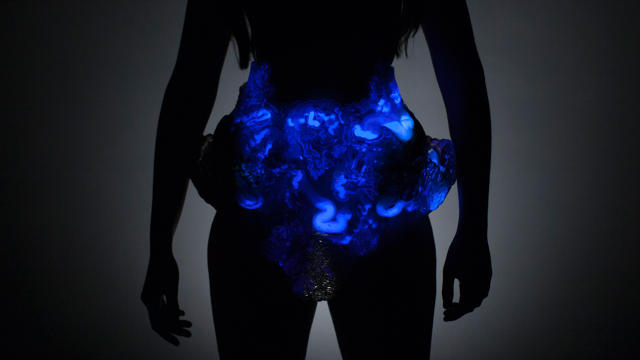
Take Mushtari, a 33-foot-lengthy, corset-like wearable in line with the gastrointestinal tract. comprised of acrylic resin, it features channels of various widths and opacities that, through design, lend a hand recreate explicit organic functions. The stiff, clear sections let in exterior light, permitting cyanobacteria and E. Coli inside to photosynthesize, producing sucrose to feed the body. within the denser, reddish areas along the corset’s left and proper aspects mild is blocked, providing floor space to gather these sugary consumables.
“You’re designing a three-D printed template which defines what type of biological functionality can take place in which vicinity throughout the wearable,” Oxman says of Mushtari’s form. “The design then becomes now not best a wearable microbial manufacturing unit, but in addition literally a 2d pores and skin that may mediate between the external surroundings and the inner body.”
other wearables in the series bio-mineralize, developing calcium that may beef up and increase human bone, whereas others fluoresce, emitting photons that can light the way in pitch darkness.
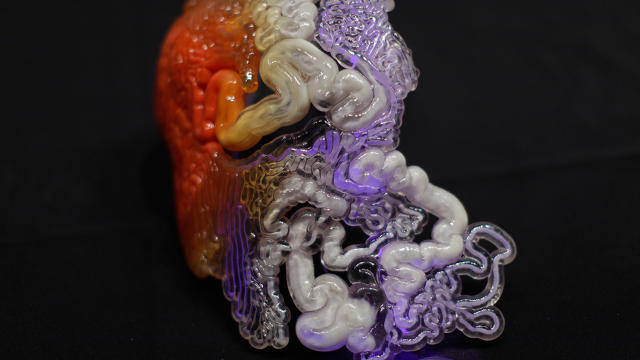
Stratasys additively manufactured Mushtari and its brethren, developing the units with its multimaterial Connex3 3-D printer. Generative modelers Descriptiv assisted on the form. Will Patrick from Oxman’s lab used to be lead researcher.
while Wanderers is a speculative challenge that lives in that space between fable and function, Oxman believes completely different aspects of the designs would possibly lead to additional, more pragmatic analysis. for example, her workforce at MIT is aiming to enhance one of the vital 3D printed valves that route fluids, as well as the membranes that can separate meals and fuels.
Her ultimate purpose, though, is to integrate the microbial cultures into the 3-D printed material itself, slightly than create 3-D printed vessels embedded with them. In essence, that cuts out the middle man, allowing for a completely organic, biologically sustainable wearable.
quick company , read Full Story
(178)

